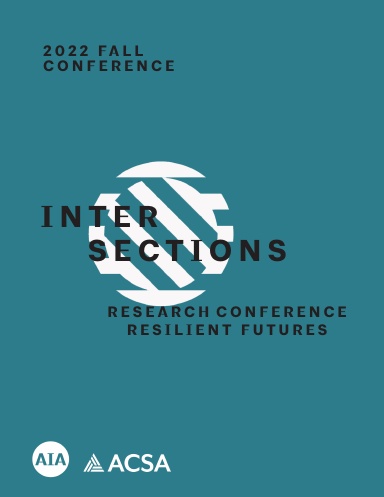Author(s): John A. Stuart, Aris Papadopoulos, Jayantha T. Obeysekera & Debbie Tackett
Over the next fifty years, climate change will profoundly impact The City of Miami Beach, FL (pop. 87,039), with sea level rising an average of 48’’ in its nationally recognized historic districts. The city is outstanding for its fourteen local and four national historic districts containing nearly 2,224 contributing buildings. This paper explores the collaborative interdisciplinary structure, community engagement, and design results of the past four years of a final-year graduate architectural design studio focused on historic preservation and climate change. In this studio, students have uncovered individual, dynamic building histories and studied predictions for sea level rise that inform more resilient futures. In partnership with City of Miami Beach staff members and elected officials, with sea level scientists and experts in resilience, the design studio has utilized non-conventional resources like Ancestry.com, Newspapers. com, and zillow.com, and traditional archival materials like building cards, new zoning proposals, and existing local and national sources. They examine modifications, inhabitants, and valuation over time. In addition to information about the buildings, students include data about the present and future geological, hydrological, and other environmental conditions and present and proposed zoning regulations. This paper explores the process of the design studio, the public engagement strategies utilized, and how the students’ resiliency visions possibly lay the groundwork for a variety of speculative initiatives ranging from new zoning proposals to a global design competition to help Miami Beach inspire its citizens using historic preservation as a driver of resilience, to a new AI-driven resiliency dashboard to help homeowners make better decisions as they seek to preserve and create more resilient their historic structures. Ultimately, balancing innovative add-on building incentives with fundamental desires to protect the aesthetics of the historic building fabric is now—and will continue to be—an essential element of public debate and engagement.
https://doi.org/10.35483/ACSA.AIA.Inter.22.20
Volume Editors
Gail Napell & Stephen Mueller
ISBN
978-1-944214-42-13

 Study Architecture
Study Architecture  ProPEL
ProPEL 
